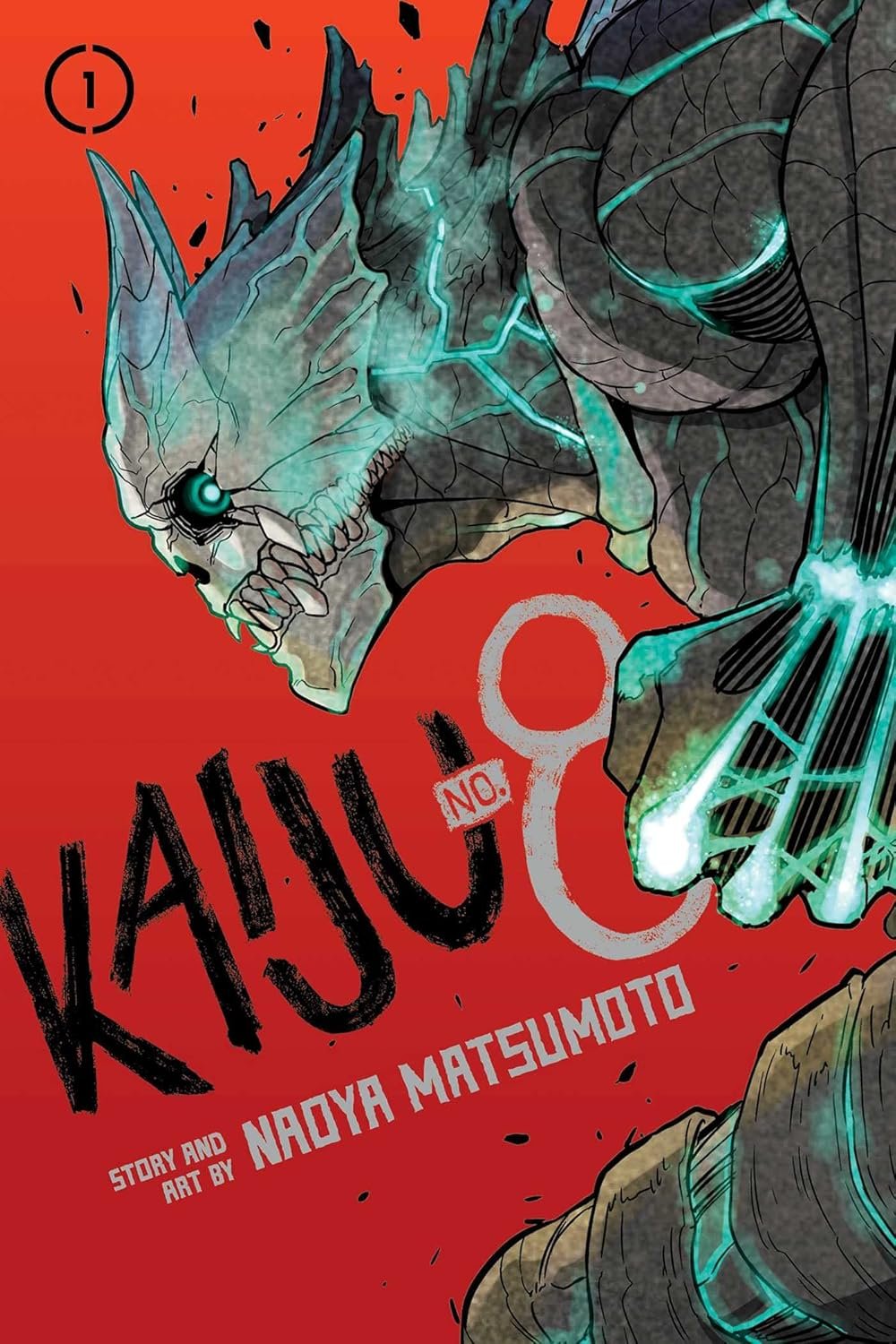A Box, Alternate Realities and a Safe Word
/Have you ever wondered what your life would be like if you made a different choice? Whether it be applying for a job, asking someone out, or trying out for a sports team, we all have regrets and have wondered what our lives would be like if we took a different path.
The Box
Image courtesy of las majores series
This is the premise of Dark Matter. Originally released as a novel in 2016 by Blake Crouch, it was later adapted into a TV show on Apple TV+ in 2024. Crouch was the lead writer for the show, so it stayed relatively true to his original work, with slight changes being made due to the change in medium.
Dark Matter follows Jason Dessen as he traverses through the multiverse. The show begins quite confusing as it switches between realities. We see the same character, Jason, in two different realities. The main Jason, known as Jason1, is jumped and later wakes up in a world which looks the same as his but one that couldn’t be more different.
The plot is centred around a box. An alternate version of Jason created a box which can traverse the multiverse. Inside the box is an infinite number of doors which lead to endless possible realities. The realities are centred around the person in the box and these realities can be a deadly virus taking over the world, the world freezing over, or the world being submerged in water. They can also be personal changes like taking a different career path, growing up in a different neighbourhood or your parents getting divorced.
Alternate Realities
Image courtesy of apple
Jason1 swaps realities with Jason2, the creator of the box. In Jason1’s reality, he is a physics college professor, married and has a son. In this reality, Jason gave up a promising career in the sciences to be with his wife and always had slight regrets. He is thrown into Jason2’s reality where this Jason pursued his career and created his invention of the box. As a result, he never got together with Daniela, which was his biggest regret. He used the box to swap realities with a Jason who had Daniela and never pursued his career, thinking he was giving the other Jason what he wanted.
Some of the best scenes of the show is watching Jason1, alongside Amanda, trying to find his reality. It takes multiple episodes and hundreds of attempts but eventually, he makes it back to his reality, but not without some complications. There were multiple close calls along the way, almost getting trapped in an ice world, almost getting crushed by collapsing buildings and running away from killer insects.
Safe Word
The ending of the show saw many slight changes from the book. For one, in the show, Daniela realizes that Jason2 isn’t her real husband. Even though they looked identical, their personalities were different, and he didn’t have any of the memories the real Jason had. For example, he gave his son ice cream containing peanuts, not realizing he was allergic. My favourite part of the show is when Jason finally returns home because I wasn’t expecting the events that followed.
Image courtesy of rotten tomatoes
After Jason’s return, he is quickly killed by Jason2. I was confused when this happened, it didn’t make sense for Jason1 to die so quickly. I had to rewind the show to make sure I saw it correctly. But then, another Jason showed up, followed by another and then another. Dozens of Jasons were entering Jason1’s world through the box. Because of Jason1’s endeavours to return home, he created alternate versions of himself with every decision he made. Something I’d never thought about.
This resulted in an action-packed end to the show as various Jasons tried to get Daniela and their son for themselves. Jason1 and Daniela had come up with a safe word so she could tell whether he was the real Jason or not. Watching Jason1 escape with his family and fight off identical versions of himself was suspenseful and truly entertaining.
A (somewhat) Happy Ending
The story comes to a satisfying end with Jason1 leaving his world and entering a new one with his family. The main difference was Jason2’s redemption. In the show, Jason2 redeems himself by saving Jason1 and his family, allowing them to escape. He realizes what he did was wrong and although he couldn’t stop the situation he created, he could at least help save Jason1 and his family. This redemption is something that doesn’t happen in the book.
Dark Matter is an interesting and unique take on the multiverse, it is one of my favourite shows in recent years and the book is thoroughly enjoyable, making it one of my favourite book-to-screen adaptations. There is no shortage of action, suspense and surprise as you watch Jason Dessen trying to return home. It’s a story which starts with regret but ends with being satisfied with what you have. It teaches us that what matters isn’t the choices you made in the past but the ones you make in the present because those are the ones that define your future.
Brayden Lowe is currently a professional writing student at Algonquin College. Brayden has been passionate about writing and telling stories since a young age. While creating his own stories, he also critiques everything he watches and reads, both the good and bad. He has been watching TV shows and movies his whole life but only started reading novels at fifteen. He now considers novels to be the purest form of entertainment and comparing his favourite books to their screen adaption is something he is very passionate about and a subject he could talk about all day.









































